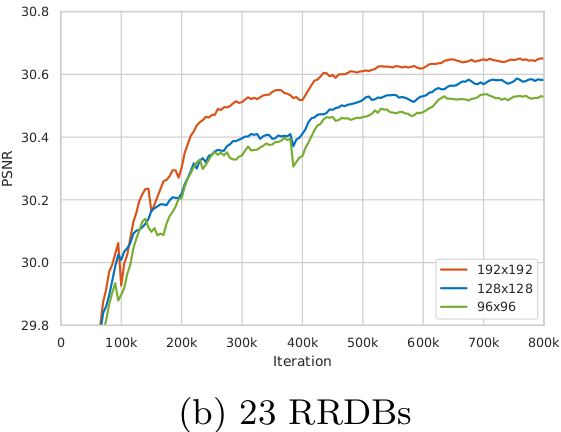ESRGAN¶
Network architecture¶

Main modifications in the structure of generator G, discriminator D, and training process in comparison to SRGAN:
all BN layers were removed from the generator;
original basic blocks were replaced with the proposed Residual-in-Residual Dense Blocks (RRDB), which combines multi-level residual network and dense connections;
relativistic discriminator, which tries to predict the probability that a real image \(x_r\) is relatively more realistic than a fake one \(x_f\);
perceptual loss on features before activation.
Some results¶
LR (low resolution) |
ESRGAN [1] |
ESRGAN (ours) |
HR (high resolution) |
|---|---|---|---|

|
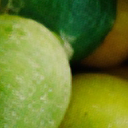
|
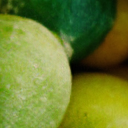
|

|

|
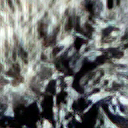
|

|

|

|
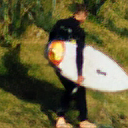
|
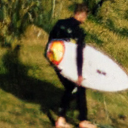
|

|

|

|
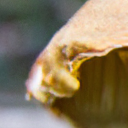
|
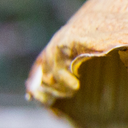
|

|

|

|
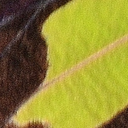
|

|

|
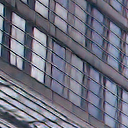
|
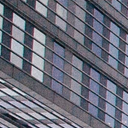
|

|
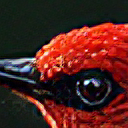
|
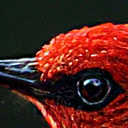
|
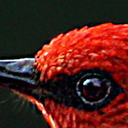
|

|
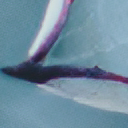
|

|
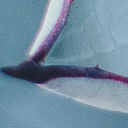
|

|

|
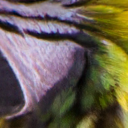
|

|

|
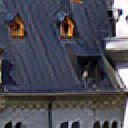
|
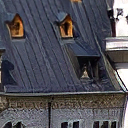
|
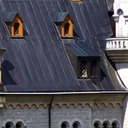
|
Qualitative results¶
PSNR (evaluated on the Y channel) and the perceptual index used in the PIRM-SR challenge are also provided for reference. [1]
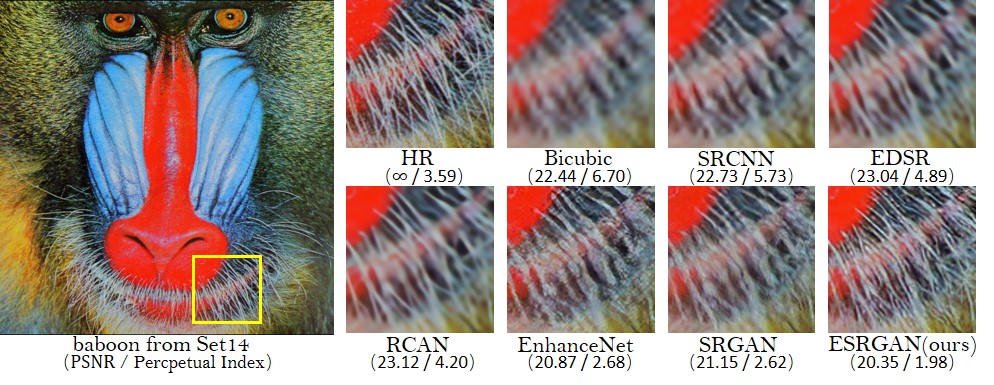
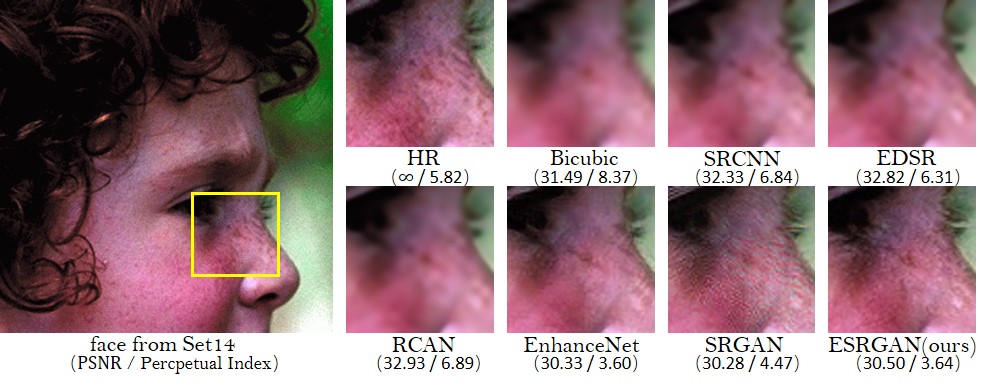
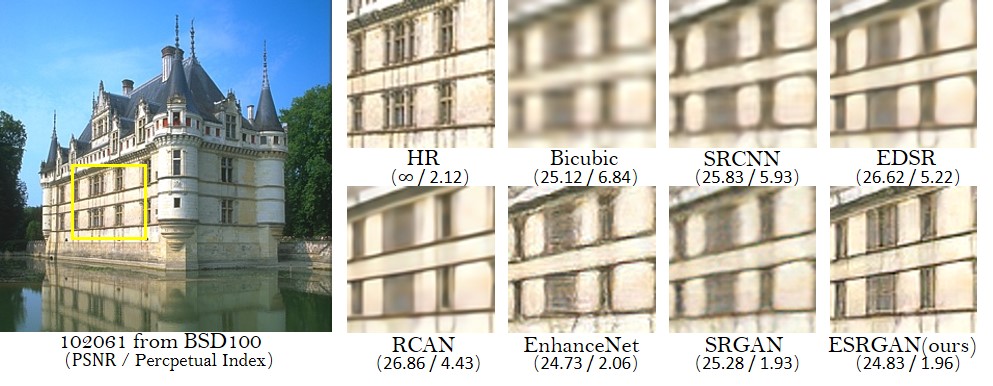

Ablation study¶
Overall visual comparisons for showing the effects of each component in ESRGAN. Each column represents a model with its configurations in the top. The red sign indicates the main improvement compared with the previous model. [1]
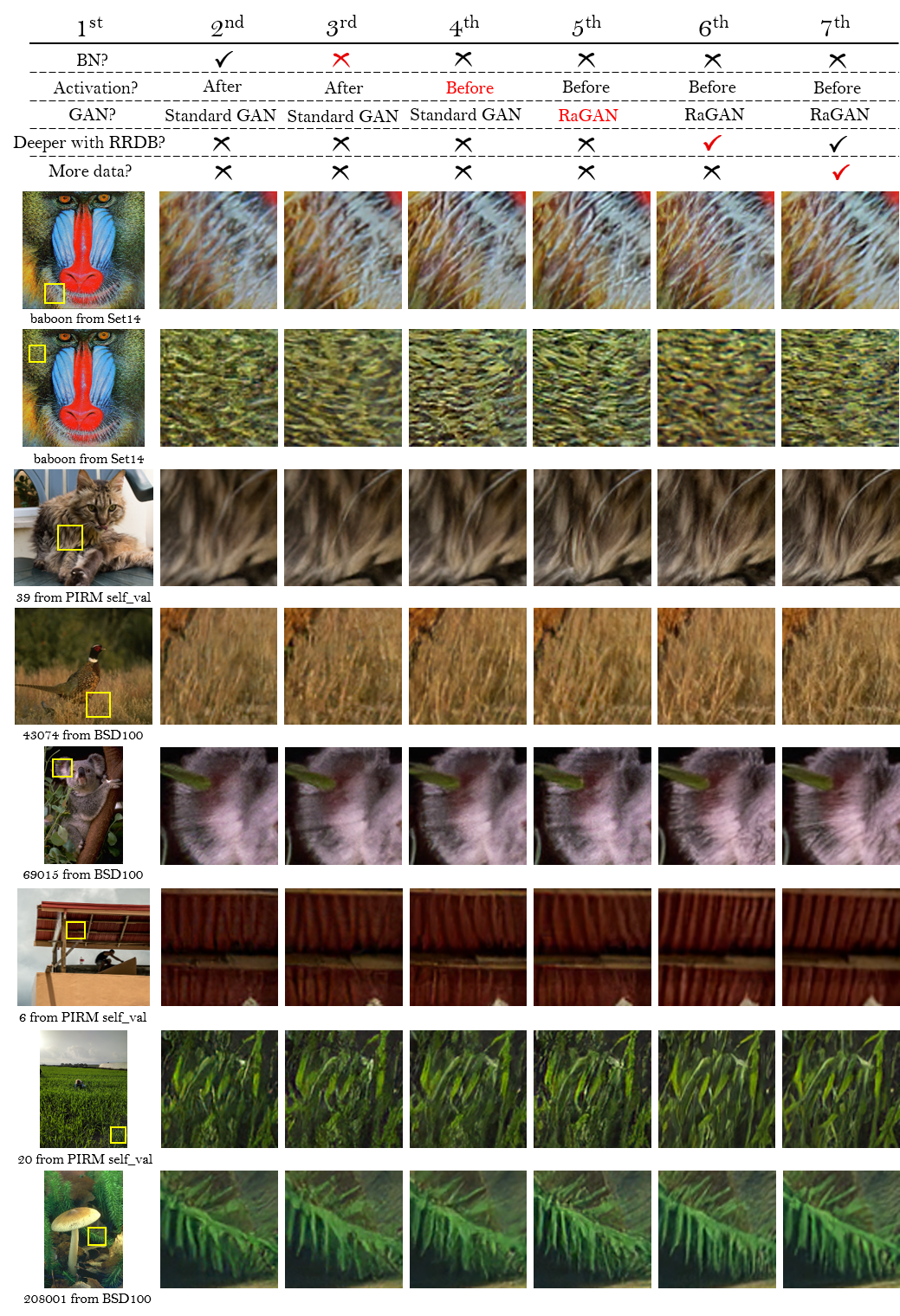
BatchNorm artifacts¶
We empirically observe that BN layers tend to bring artifacts. These artifacts, namely BN artifacts, occasionally appear among iterations and different settings, violating the needs for a stable performance over training. We find that the network depth, BN position, training dataset and training loss have impact on the occurrence of BN artifacts. [1]

Useful techniques to train a very deep network¶
We find that residual scaling and smaller initialization can help to train a very deep network.
A smaller initialization than MSRA initialization (multiplying 0.1 for all initialization parameters that calculated by MSRA initialization) works well in our experiments;
In our settings, for each residual block, the residual features after the last convolution layer are multiplied by 0.2. [1]
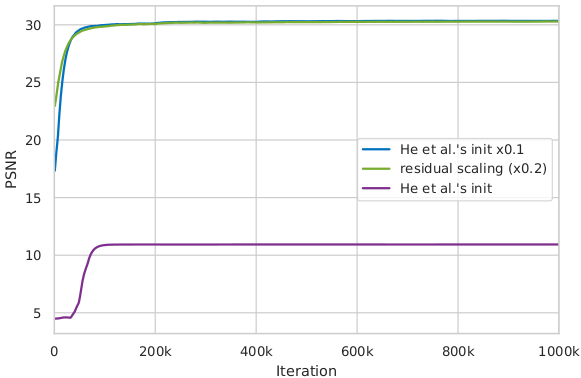
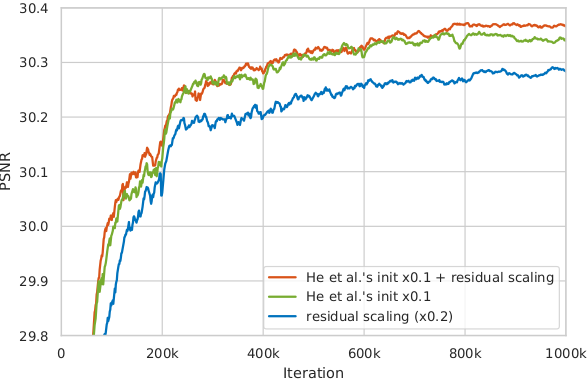
The influence of training patch size¶
We observe that training a deeper network benefits from a larger patch size. Moreover, the deeper model achieves more improvement (∼0.12dB) than the shallower one (∼0.04dB) since larger model capacity is capable of taking full advantage of larger training patch size. (Evaluated on Set5 dataset with RGB channels.) [1]

